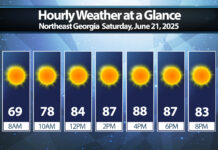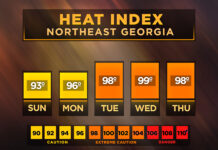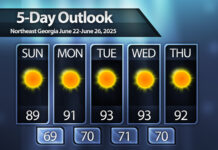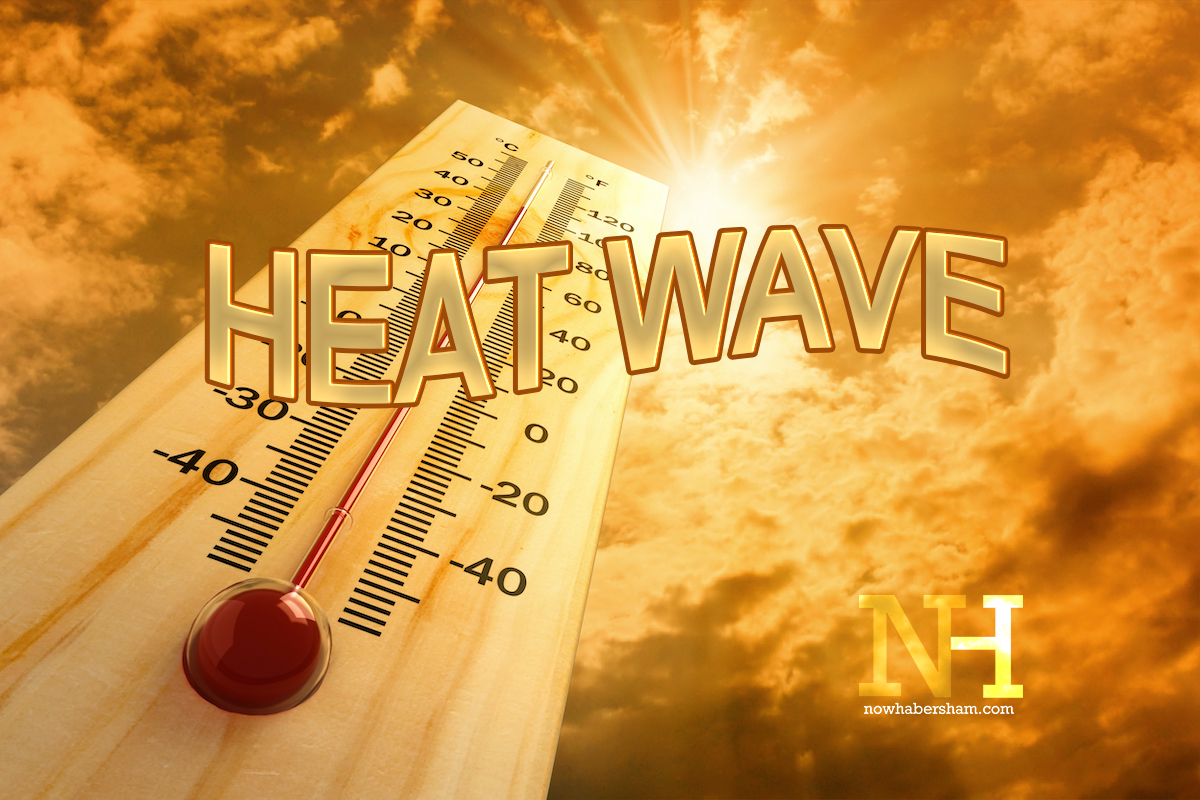
It’s that time of year again! Time for the annual Perseid Meteor shower!
The Perseid meteor shower is a consistent meteor producer. It’s caused by a stream of dust left by comet 109P-Swift/Tuttle. 109P is a particularly large comet with a diameter of 16 miles, so it leaves quite a stream of dust in its wake when it visits the inner solar system every 133 years.
In a normal, moonless year you can expect to see 60-80 meteors per hour in dark skies. In addition, the Perseids are well known for their fireballs. This year the moon will hinder things through about 10:30-11:00 p.m. but after that we will have perfectly dark skies for viewing. This makes 2024 a particularly great year for catching this shower.
These bright meteors will easily outshine the full moon on a bad year, but on a good year like this, they are even more phenomenal. I have seen them bright enough to light up the landscape like a lightning flash. They are often colorful, too, adding to the effect.
When and where to see them
The shower will peak Sunday and Monday mornings, August 11 and 12, when the constellation Perseus is high in the sky, but meteors are possible all night. Monday morning after midnight is when peak rates are expected for this year.
You can see the meteors in any direction, with the most visible in the eastern sky where Perseus will be rising.
The meteors will appear to “radiate” from the constellation, meaning if you trace their paths back, they will converge there.
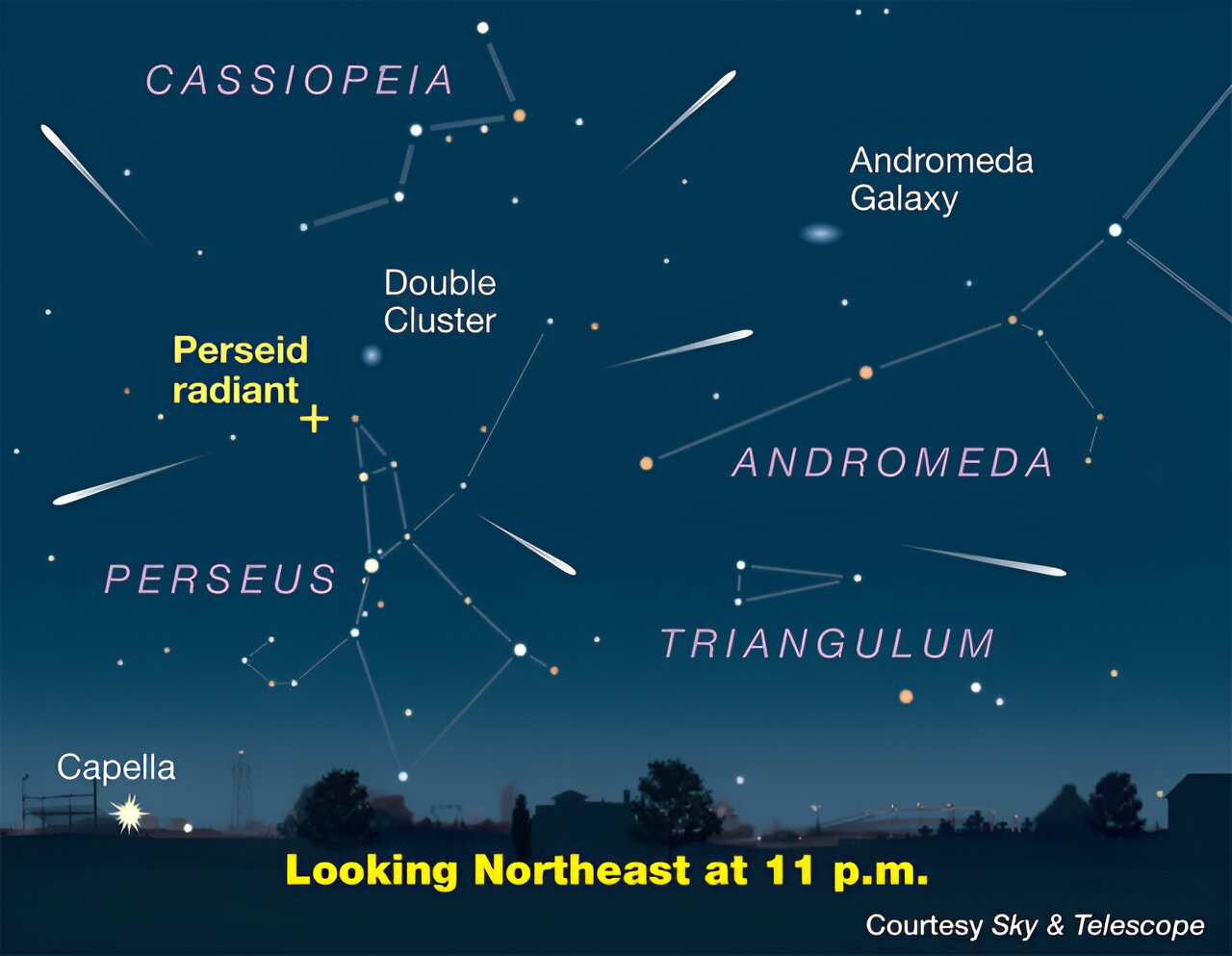
So, take advantage of these warm summer nights to take in what is sure to be the best meteor shower of the year and a great showing for the Perseids!

